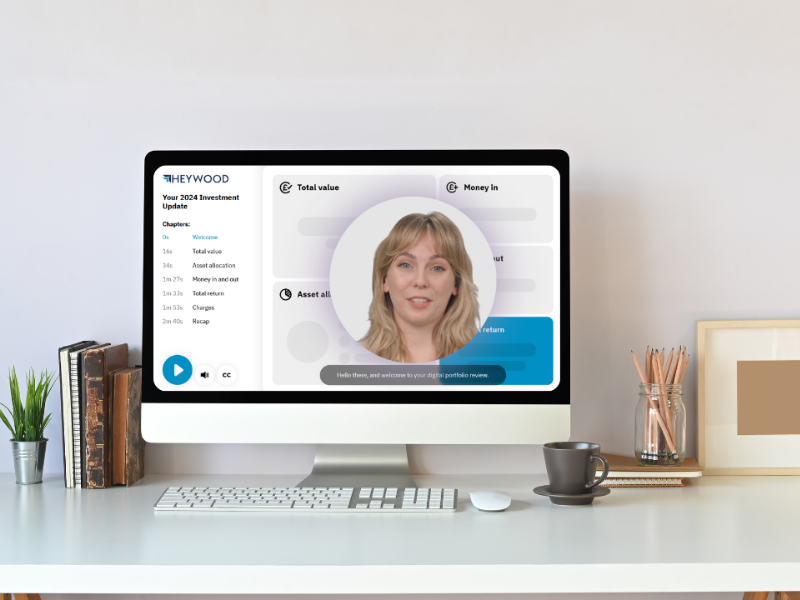Member Engagement. Revolutionised.
Discover the ultimate member engagement platform. It’s transforming how pension schemes connect with their members.
Request a consultation
Heywood’s new transformational member engagement platform
Let’s discuss member engagement – a consistent challenge for pension providers over the years. Are you connecting effectively with your members? Are you providing a complete overview of their pension information? Are you delivering a user-friendly online experience?
Introducing Heywood's ground-breaking new platform, Heywood Engage. Designed specifically for members, it’s empowering pension schemes to provide an exceptional member experience like never before.
Introducing Heywood's ground-breaking new platform, Heywood Engage. Designed specifically for members, it’s empowering pension schemes to provide an exceptional member experience like never before.
Trailblazing member engagement
Transform the way members access and engage with vital pension information online. Securely. Confidently. Effortlessly.
Member engagement resources
Giving you the insider view on all the latest industry developments, and expert intelligence on the news that matters.

Member Engagement
Personalisation at scale: transforming member engagement and simplifying pension administration
09
January,
2025
Member Engagement
How personalised video is transforming pension communications and boosting engagement
12
November,
2024
Who we work with
Our customer list speaks for itself. At Heywood, we believe a true partnership is a two-way street. Mutual trust and respect are at the core of every interaction. And that’s why we enjoy long-term partnerships with all of our customers.





